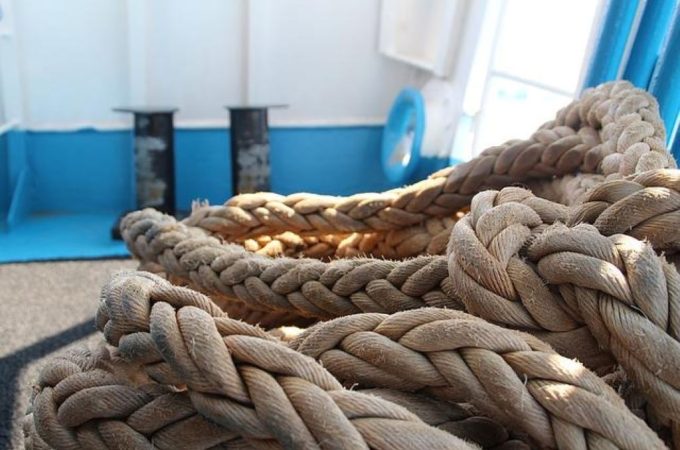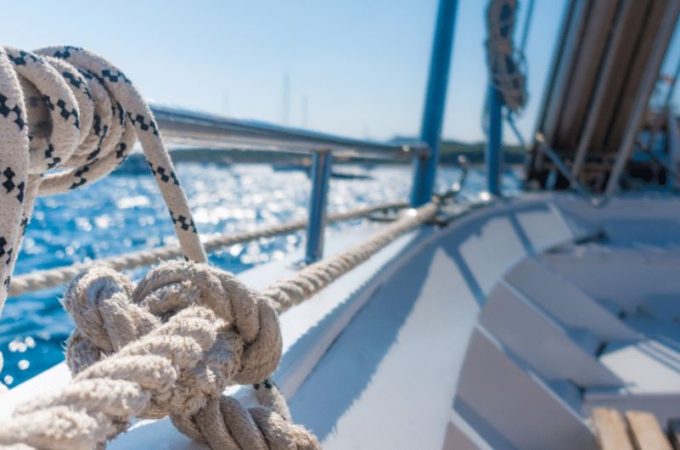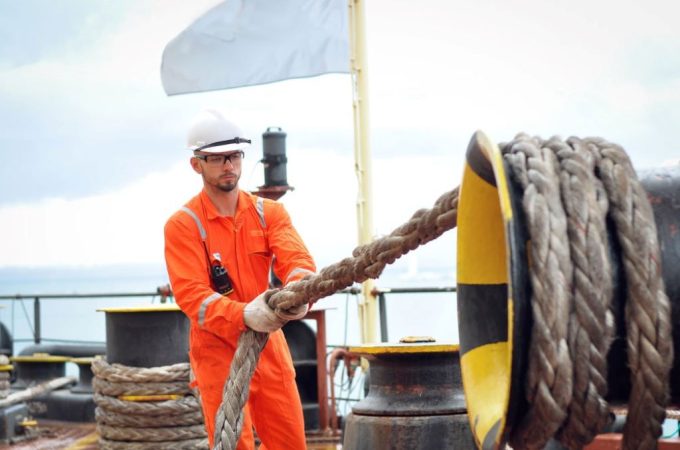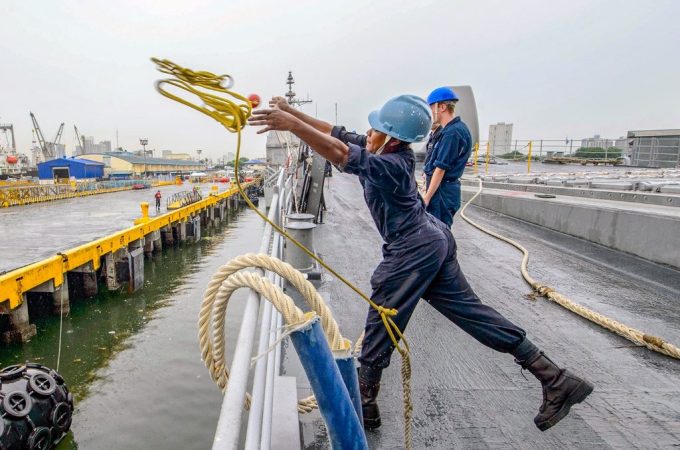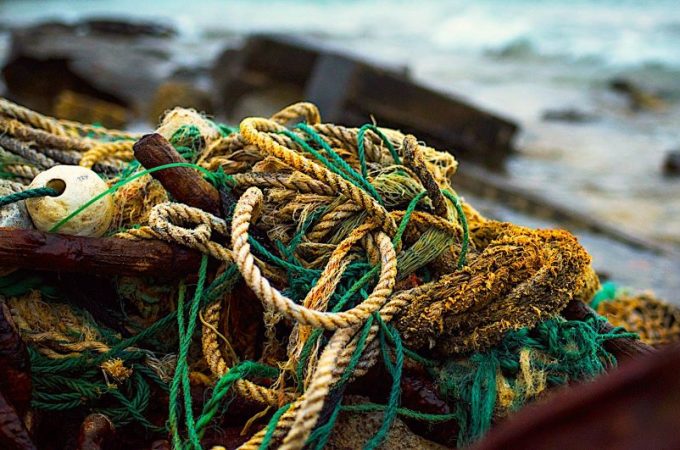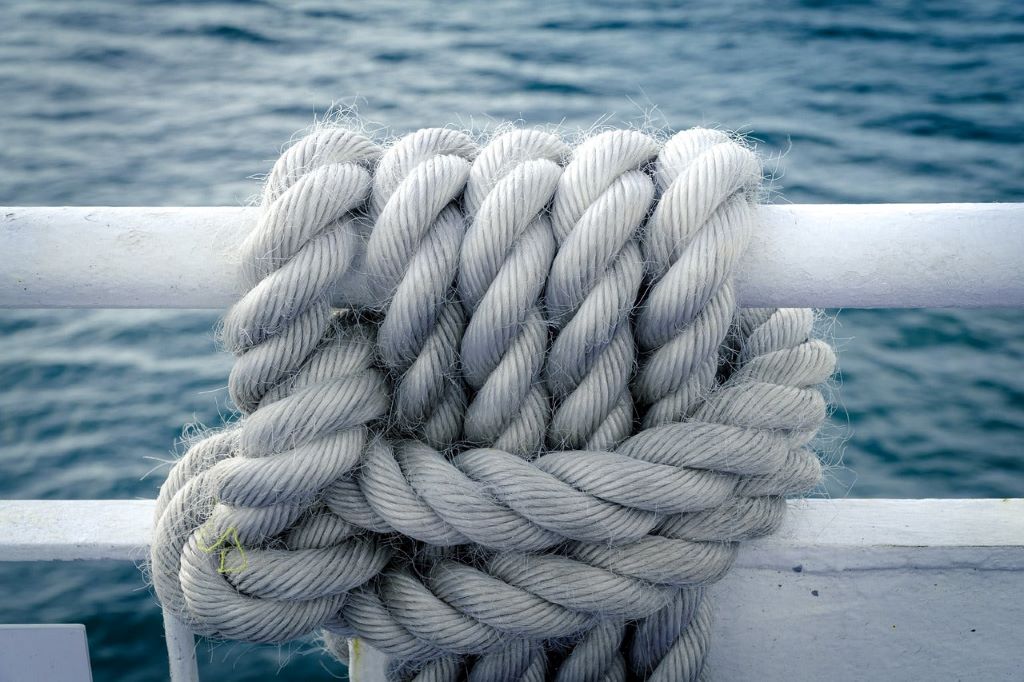
Rope Maintenance Secrets the Sea Won’t Tell You
Every seasoned sailor knows that moment when a critical line snaps at the worst possible time. However, what most don’t realize is that 73% of rope failures could have been prevented with proper maintenance techniques that the marine industry rarely discusses openly.
Contents at a Glance
ToggleThe ocean doesn’t forgive neglected equipment, and your rope systems bear the brunt of saltwater’s relentless assault. Therefore, understanding these hidden maintenance secrets becomes crucial for anyone serious about marine safety and equipment longevity.
The Hidden Enemy: Salt Crystal Formation
Salt crystals form microscopic daggers that slice through rope fibers from within. Additionally, these crystals expand and contract with temperature changes, creating internal stress fractures invisible to the naked eye. Marine rope manufacturers estimate that salt damage reduces rope lifespan by up to 60% when left untreated.
The crystallization process begins immediately upon saltwater contact. Furthermore, these crystals become more destructive as they accumulate over multiple exposures. Consequently, even synthetic ropes suffer significant deterioration despite their marketed resistance to marine environments.
Professional riggers recommend fresh water flushes after every saltwater exposure. However, timing proves critical since dried salt creates more damage than wet salt. Therefore, immediate rinsing within two hours of exposure prevents crystal formation and extends rope life dramatically.
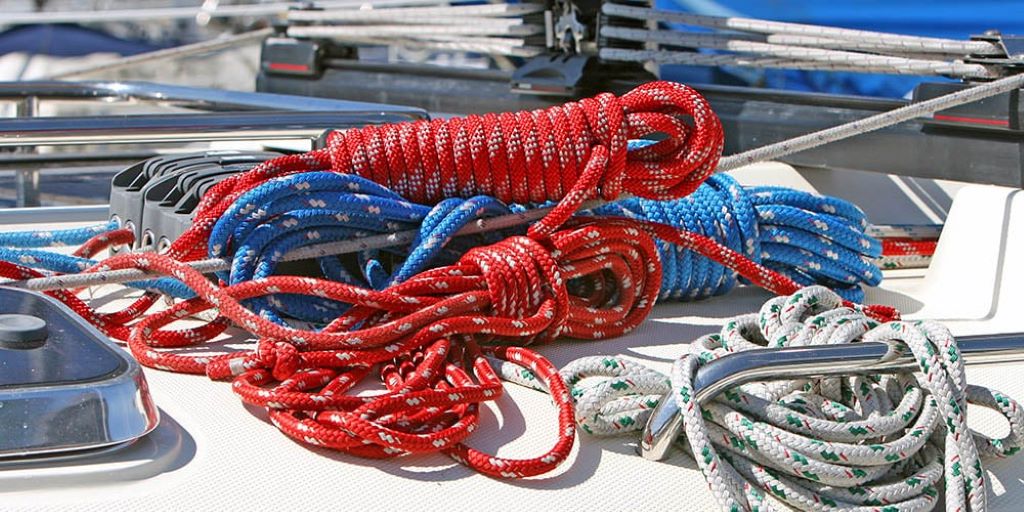
UV Degradation: The Silent Rope Killer
Ultraviolet radiation breaks down polymer chains in synthetic ropes at the molecular level. Moreover, this degradation occurs faster in marine environments due to reflected UV rays from water surfaces. Studies show that unprotected polyester ropes lose 50% of their strength after just 18 months of continuous sun exposure.
The damage appears gradually through color fading and surface roughening. Additionally, UV degradation creates weak points that concentrate stress during load applications. Therefore, ropes may appear serviceable while harboring dangerous structural compromises.
Marine industry experts suggest UV-resistant treatments every six months for optimal protection. However, these treatments work best when applied to clean, dry rope surfaces. Consequently, proper cleaning becomes essential before applying any protective coatings.
Proper Cleaning Techniques That Actually Work
Standard rope cleaning methods often prove inadequate for marine applications. Furthermore, harsh detergents can damage synthetic fibers while failing to remove embedded salt crystals. Professional rope maintenance requires specific techniques that address marine-specific contamination patterns.
Fresh water alone removes surface salt but fails to extract crystals embedded deep within rope cores. Additionally, agitation during cleaning helps dislodge stubborn salt deposits and organic growth. Therefore, gentle brushing with soft bristles while rinsing maximizes cleaning effectiveness without causing mechanical damage.
Soaking time significantly impacts cleaning results, with optimal duration ranging from 30 minutes to two hours depending on contamination levels. However, extended soaking can weaken certain rope materials, making timing crucial for effective maintenance.
Storage Solutions That Preserve Rope Integrity
Improper storage causes more rope damage than actual use in many cases. Moreover, coiled ropes develop memory patterns that create stress concentrations during deployment. Marine rope specialists recommend figure-eight coiling methods that minimize internal stress and prevent kinking.
Moisture control during storage prevents mold growth and fiber degradation. Additionally, proper ventilation allows trapped moisture to escape while preventing condensation accumulation. Therefore, storage locations should maintain consistent temperature and humidity levels for optimal rope preservation.
Vertical hanging storage eliminates compression damage and allows natural moisture drainage. However, hanging points must distribute weight evenly to prevent localized stress concentrations. Consequently, proper storage hardware becomes essential for maintaining rope condition during extended storage periods.
Inspection Protocols for Early Problem Detection
Visual inspection alone misses 40% of rope damage according to marine safety studies. Furthermore, tactile examination reveals problems invisible to casual observation. Professional rope inspectors use systematic approaches that combine multiple detection methods for comprehensive assessment.
Running ropes through clean hands detects surface irregularities and core damage. Additionally, this technique identifies soft spots that indicate internal deterioration. Therefore, tactile inspection becomes crucial for detecting problems before they cause catastrophic failures.
Diameter measurements at regular intervals reveal hidden damage patterns. However, these measurements must account for rope construction variations and load history. Consequently, baseline measurements taken when ropes are new provide essential comparison data for future inspections.
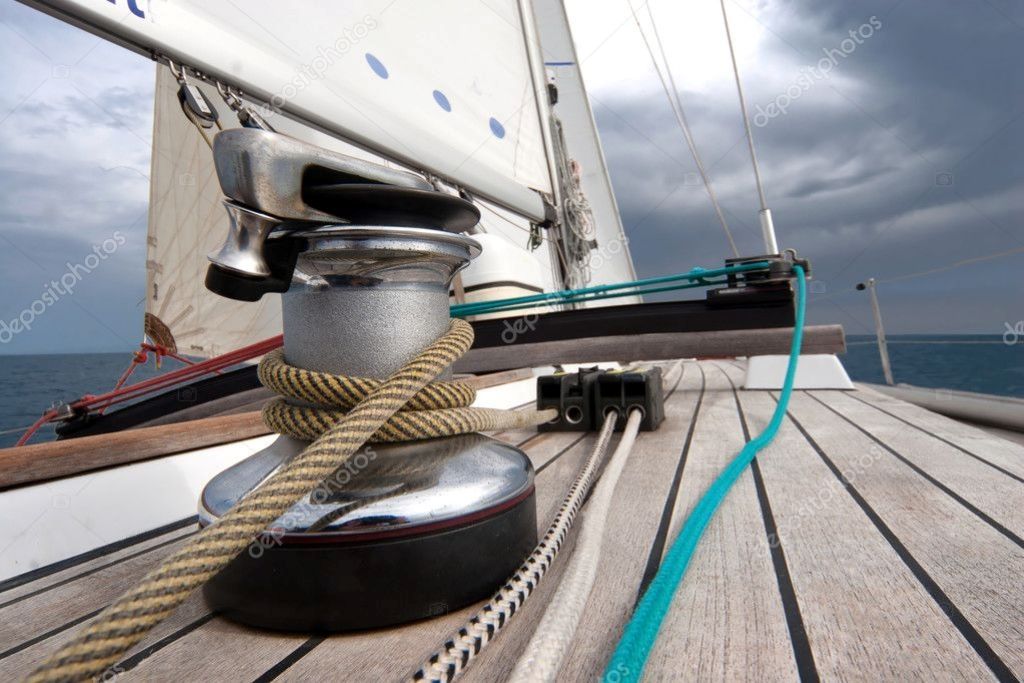
Load Testing and Safety Factor Calculations
Working load limits stamped on rope packaging assume perfect conditions that rarely exist in marine environments. Moreover, environmental factors significantly reduce actual safe working loads below manufacturer specifications. Marine engineers typically apply additional safety factors of 3:1 or higher for critical applications.
Load testing requires specialized equipment and controlled conditions for accurate results. Additionally, destructive testing provides definitive strength data but obviously destroys the test sample. Therefore, non-destructive testing methods become essential for operational rope evaluation.
Dynamic loading creates stress patterns different from static loading scenarios. Furthermore, shock loading can exceed rope breaking strength instantaneously even with moderate applied forces. Consequently, understanding load dynamics becomes crucial for safe rope application in marine environments.
Cost-Effective Replacement Strategies
Premature rope replacement wastes money while delayed replacement risks safety. Moreover, replacement timing depends on usage patterns, environmental exposure, and application criticality. Professional marine operations develop replacement schedules based on actual performance data rather than arbitrary time intervals.
Economic analysis shows that preventive replacement costs 60% less than emergency replacement scenarios. Additionally, planned replacement allows optimal timing and bulk purchasing advantages. Therefore, proactive replacement strategies provide both safety and economic benefits.
Rope rotation systems extend overall fleet life by equalizing wear patterns. However, rotation requires careful tracking to ensure even usage distribution. Consequently, systematic record keeping becomes essential for effective rope management programs.
Featured Snippet: Quick Answer
What are the most critical rope maintenance secrets for marine environments?
The three most critical rope maintenance secrets involve salt crystal removal, UV protection, and proper storage techniques. Fresh water flushing within two hours of saltwater exposure prevents destructive salt crystallization. UV-resistant treatments applied every six months protect against molecular degradation. Figure-eight coiling and vertical hanging storage prevent stress concentrations and moisture damage. Additionally, tactile inspections detect 40% more problems than visual checks alone. These techniques can extend rope life by up to 300% compared to basic maintenance approaches, saving both money and preventing dangerous failures at sea.
Frequently Asked Questions
How often should marine ropes be inspected for damage?
Professional marine operations inspect critical ropes before each use and perform detailed inspections monthly. However, high-use applications may require weekly detailed inspections depending on loading cycles and environmental exposure.
What’s the best way to remove salt buildup from rope fibers?
Soak the rope in fresh water for 30-60 minutes, then gently brush with soft bristles while rinsing. This process removes both surface salt and embedded crystals without damaging synthetic fibers.
Can UV damage be reversed in synthetic ropes?
UV damage cannot be reversed, but protective treatments can prevent further deterioration. Once molecular breakdown occurs, rope strength is permanently reduced and replacement becomes necessary.
How do you know when a marine rope needs replacement?
Replace ropes showing diameter reduction exceeding 10%, visible core damage, significant stiffness changes, or any cut strands. Additionally, replace ropes approaching manufacturer-recommended service life limits.
What storage temperature is best for synthetic marine ropes?
Store synthetic ropes between 32-85°F (0-29°C) with relative humidity below 65%. Extreme temperatures accelerate aging while high humidity promotes mold growth and fiber degradation.
Are natural fiber ropes better than synthetic for marine use?
Synthetic ropes outperform natural fibers in marine environments due to superior saltwater resistance, UV stability, and consistent strength properties. Natural fibers absorb water and rot quickly in marine conditions.
How much does proper rope maintenance extend service life?
Proper maintenance can extend rope service life by 200-300% compared to neglected ropes. This translates to significant cost savings and improved safety margins for marine operations.
Final Thoughts
The ocean tests every piece of equipment mercilessly, but proper rope maintenance gives you the edge you need for safe operations. These maintenance secrets, developed through decades of marine experience, transform expensive rope replacement cycles into manageable maintenance routines.
Remember that your life and your crew’s safety depend on the integrity of your rope systems. Therefore, implementing these proven techniques isn’t just about saving money – it’s about ensuring you return safely to port every time. Related Topics: Mastering the Art of Rope Maintenance
Ready to revolutionize your rope maintenance program? Start with a comprehensive inspection of your current rope inventory using these professional techniques, and watch your equipment reliability soar while costs plummet.

